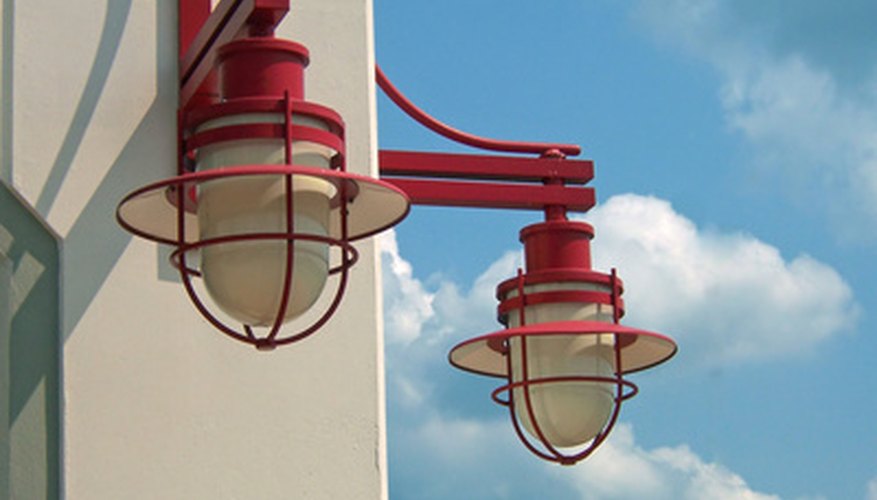Regulations regarding the fitting and efficiency of external lighting in the United Kingdom require a certain level of dedicated energy-saving measures. The British Standards Institution (BSI) set out these regulations and requirements for lighting installation inside and outside of dwellings within the UK. The responsibility for installation is with the property owner and total compliance is required to avoid ramifications which could be restoration or, in some instances, demolition.
- Regulations regarding the fitting and efficiency of external lighting in the United Kingdom require a certain level of dedicated energy-saving measures.
- The responsibility for installation is with the property owner and total compliance is required to avoid ramifications which could be restoration or, in some instances, demolition.
Installation
Although you do not need planning permission to install new or replacement lighting in the UK, you must ensure you are familiar with the requirements before starting the work. All electrical installations must comply with the latest safety guidelines from the British Standards Institution as well as the Institution of Engineering and Technology, as set out in BS 7176 (Part L of the Building Regulations)
Energy-efficient Lighting
In order to conserve energy in the UK, the BSI's guidelines specify that all external light fittings must be installed in a way that ensures maximum effectiveness. This means that each lamp must not exceed a maximum of 150 watts. In addition, the light fittings must be controlled through an external photocell (light sensor) or a time switch that automatically switches the lights off during daylight or when they are not required at night.
Light Fittings
All fixed external lighting in England and Wales that is not energy-efficient must have sockets that can be used with lamps producing less than 40 lumens per circuit watt. Each external light fixture must contain fully integrated ballasts (control gears that control the flow of current in an electric circuit) to facilitate the replacement of low-energy bulbs. These regulations reduce the installation of standard, non-efficient lighting.
